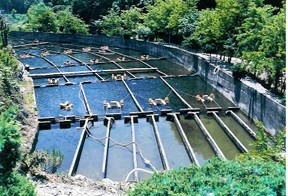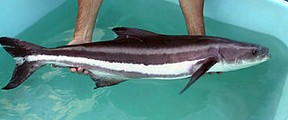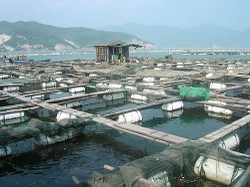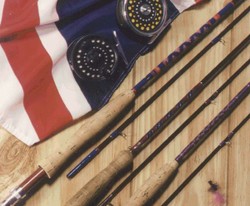Several companies' innovations are attempting to show the world, how to respect the oceans and simultaneously provide the fish needed to continue feeding our ever growing global population. In this article, I will highlight one organization that has specifically caught my attention. Fish-farms or Aquaculture dates back to ancient China, hundreds of years BC. The practice was followed by countries throughout the world in the ensuing years. Today, there are many solutions to raise fish for food, and fish protein for supplements to balance diets.
The arguments surrounding these innovations, wild fish vs. farm-raised fish, has been around for nearly as long as the process has been. Are farm-raised fish as nutritious as their cousins raised in the wild? While raising fresh-water fish, such as tilapia may seem to be easier to cultivate in fresh-water cages and/or ponds, raising salt-water fish is clearly a separate issue. Factually, fish caught in the wild have a higher content of omega 3 fatty acids. As more people are taking diet and nutrition seriously, fish and their by-products are becoming increasingly important. Scientist continue to study the true benefits, and the nutritional value of fish as a substitute for other meat products.


 I've always shied away from the neighborhood's market for my fish purchases. I prefer fish that has never been frozen, and farm-raised seafood was never really attractive to me. Keeping fish in coolers on ice, until I consume them, has been my methodology. I've been fishing and eating my fresh catch since I was a little boy. Years later, after learning all about the practice of
I've always shied away from the neighborhood's market for my fish purchases. I prefer fish that has never been frozen, and farm-raised seafood was never really attractive to me. Keeping fish in coolers on ice, until I consume them, has been my methodology. I've been fishing and eating my fresh catch since I was a little boy. Years later, after learning all about the practice of












 The Most Powerful "Big Three" Illicit Drugson 03/09/2014
The Most Powerful "Big Three" Illicit Drugson 03/09/2014
 Ocean Living, Below the Surfaceon 10/28/2012
Ocean Living, Below the Surfaceon 10/28/2012
 Flat-lining for Yellowtail Snapperon 07/23/2012
Flat-lining for Yellowtail Snapperon 07/23/2012



Comments
Very nice and informative blog posting. Among all the fish, tilapia fish is Awesome! Farming this fish is very profitable and easy. I like this fish very much for it's unique taste and value.